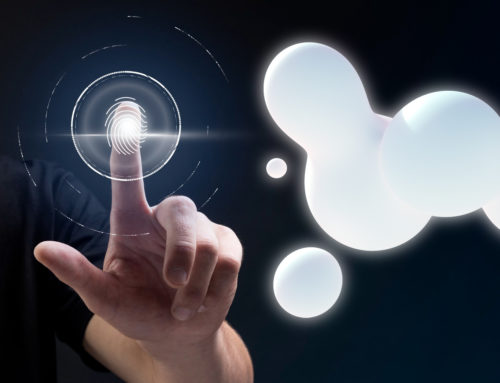Today we look to the more immediate future of security in digital environments. We live in a new era for cyber security. The threats now extend to mobile phones, Internet of Things devices, the cloud and critical infrastructure. What are the cybersecurity trends for 2017?
Computers are no longer the only target for cyber attacks. More and more devices are connected to the network, which means that cyber risks are multiplying and threats are growing exponentially.
Check Point Software Technologies has identified five key trends in cyber security based on data extracted from its annual report. Perhaps the most relevant is the increase in cyber risks for mobile devices. It is predicted that over the next year, one in five employees will be responsible for a security breach in their company that will affect corporate data. This will be unintentional, through mobile malware or malicious Wi-Fi networks. Check Point believes that this will be an increasingly important business security issue, with the challenge of balancing productivity, privacy and protection.
Another important challenge is the deployment of the Internet of Things (IoT). The company warns that in 2017 we will have to be prepared to deal with cyber-attacks aimed at all types of connected devices. It also points out that offensives against industrial IOT are planned. Thus, it specifies that the convergence between information technology (IT) and operational technology (TO) makes them more vulnerable, especially SCADA environments that frequently use old systems for which no patches exist or are not used. Check Point points out that companies will need to extend security controls on both systems and implement threat prevention solutions for IT and OTA.
Cybersecurity in the cloud
The cybersecurity of the cloud is also a challenge. Organisations are increasingly storing data in the cloud, typically using hybrid network infrastructures. Additional backdoors are created through which hackers have access to other company systems. This is a truly critical aspect as any offensive that interrupts the service or knocks down one of the main cloud providers will affect all the company’s customers.
Check Point also highlights the growth in ransomware attacks affecting cloud data centres. In the coming year we will see both attacks through encrypted files that will spread from cloud to cloud and offensives from hackers using the cloud as a volume multiplier.
On the other hand, the company emphasises the risk to which critical infrastructures are exposed. As it explains, they are very vulnerable to cyber attacks, as almost all of them were built before malware was a real danger, so their design does not take into account the basic principles of cybersecurity. For example, he recalls that the first blackout caused by cybercriminals was recorded at the beginning of the year. In 2017, it will be necessary to prepare for possible attacks on networks and systems, perpetrated by countries, terrorists and organised criminals.
As we have been insisting in recent blog posts, cybersecurity is a vitally important element for any organisation. For this reason, it must be controlled by experts in the field. The pace at which technology advances also forces us to constantly update ourselves and protect ourselves from new risks that any company may suffer.
Source: silicon.es





